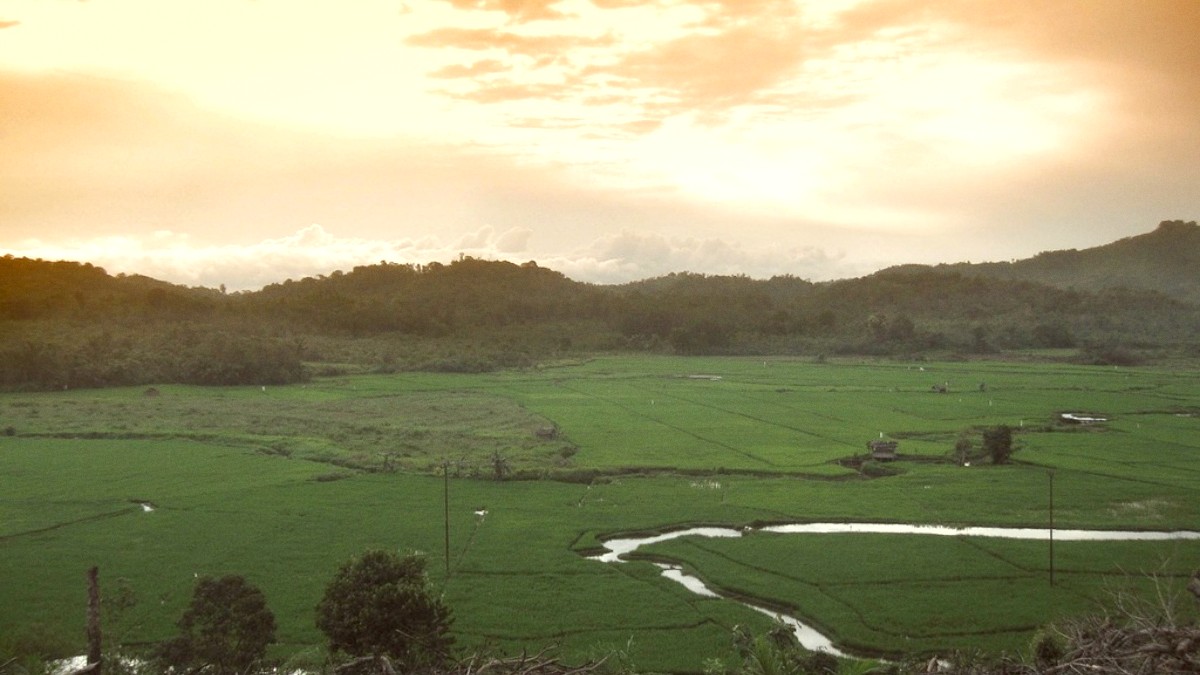
Many nationalities, including those from the US, UK, EU, Australia, Canada, and Japan, receive visa-free entry for tourism to Malaysia (Sabah & Sarawak), typically for 90 days. Some nationalities require a visa in advance from Malaysian embassies or consulates or an eVisa.
Specific immigration procedures apply for entry into Sabah and Sarawak, even if you arrive from Peninsular Malaysia. You might receive a new stamp upon entry to these states.
Many nationalities for Indonesia (Kalimantan) qualify for a Visa on Arrival (VoA). This visa permits a stay of 30 days and you can extend it once for another 30 days. The VoA is available at designated airports and ports. A fee applies, roughly IDR 500,000 (about USD 35).
For Brunei, many nationalities receive visa-free entry for tourism. The permitted stay ranges from 14 to 90 days. Other nationalities obtain a visa in advance from a Brunei embassy or consulate.
Entry Requirement
Check specific country lists with health authorities.
Failure to present may result in denied entry or quarantine.
Activity Specific
Book well in advance through a licensed tour operator.
A guide is mandatory for the climb; permits are limited.
Access Fees
Most national parks and wildlife reserves levy an entrance fee.
Some sensitive areas or activities may require extra permits.
Malaysian Ringgit (MYR) circulates in Malaysian Borneo. Indonesian Rupiah (IDR) is used in Kalimantan. Brunei operates with the Brunei Dollar (BND), which maintains a peg to the Singapore Dollar (SGD), meaning SGD is also accepted at par. Currency exchange services are available at airports, banks, and authorized money changers.
Budget traveler daily costs (Malaysian/Indonesian Borneo): USD 30-60. Mid-range traveler daily costs (Malaysian/Indonesian Borneo): USD 70-150. Luxury traveler daily costs (Across Borneo, including Brunei): USD 200-500+.
Choose hawker stalls and local markets for affordable meals.
Use public buses for inter-city travel; ride-sharing apps within cities.
Opt for budget-friendly accommodations for better value.
Join group tours for excursions to national parks or wildlife sanctuaries.
In local markets or for taxis without meters, polite bargaining is common.
Preparing with information on vaccinations, common health issues, and emergency procedures is important.
Dengue Fever is prevalent in Borneo. Malaria risk exists in some rural areas.
Traveler's diarrhea can occur. Drinking water safety and food hygiene matter.
Healthcare standards vary across Borneo.
Borneo is generally safe for tourists. Petty crime, like pickpocketing and bag snatching, can occur, especially in crowded urban areas or tourist spots.
Stay aware of your surroundings. Avoid walking alone in poorly lit areas at night. Specific "no-go" zones are rare, but remote border regions may have security concerns.
The Sulu Sea coastal areas of Eastern Sabah (Semporna, Sandakan, Lahad Datu) have experienced past incidents of kidnapping. While Malaysian authorities (ESSCOM) have significantly enhanced security, travelers check official travel advisories.
November to March. Fewer tourists, prices drop. Some wildlife, like certain bird species, exhibit more activity.
Lower prices for flights and accommodation.
Frequent heavy rain showers; some areas may flood.
April and October. Weather generally good. Fewer crowds compared to peak season. Prices for flights and lodging might be slightly lower.
Pleasant weather and fewer tourists.
Increased chance of rain compared to dry season.
May to September. Less rainfall, leading to clearer skies. Conditions for hiking, diving, and wildlife spotting are ideal.
Animals gather near water sources, easier to observe.
Increased demand results in higher prices and crowds.
| Category | Item | Price Range (USD Equiv.) |
|---|---|---|
| Accommodations (Per Night) | Hostel Dorm / Budget Guesthouse | $10-25 / $20-40 |
| Meals (Per Person) | Street Food / Local Restaurant | $1-4 / $4-10 |
| Transportation | Local Bus / Short Taxi/Ride-share | $0.50-1.50 / $2.50-7.50 |